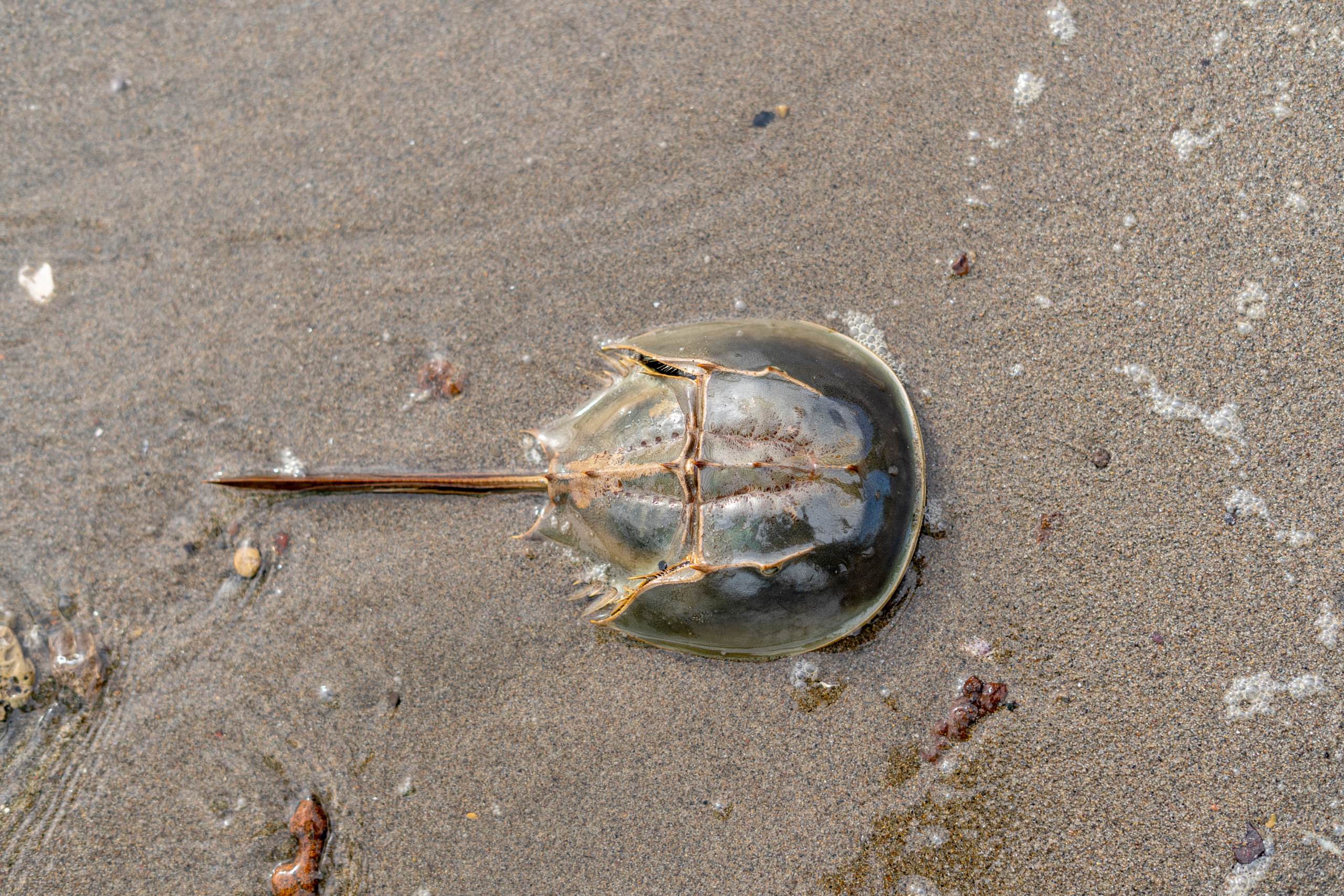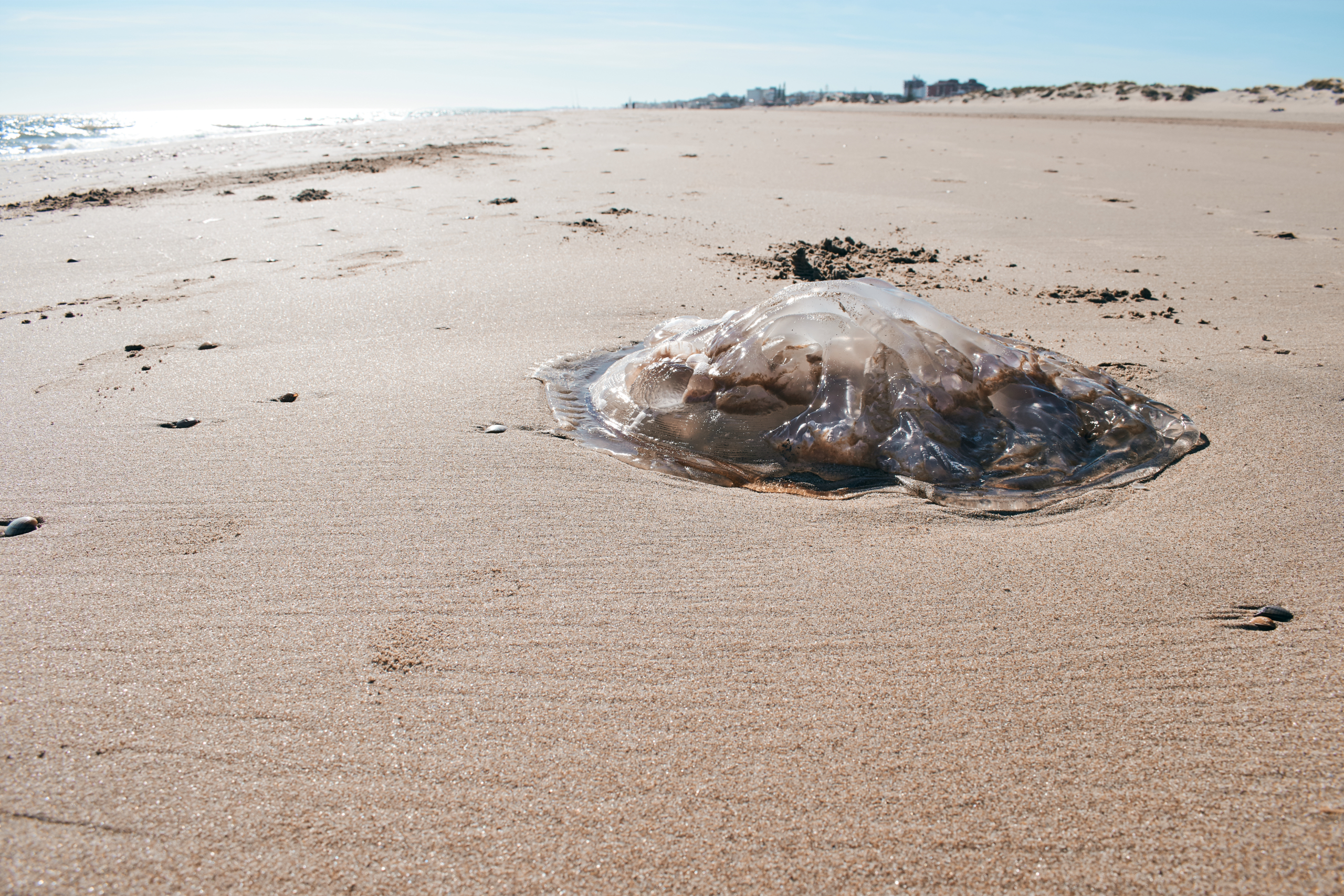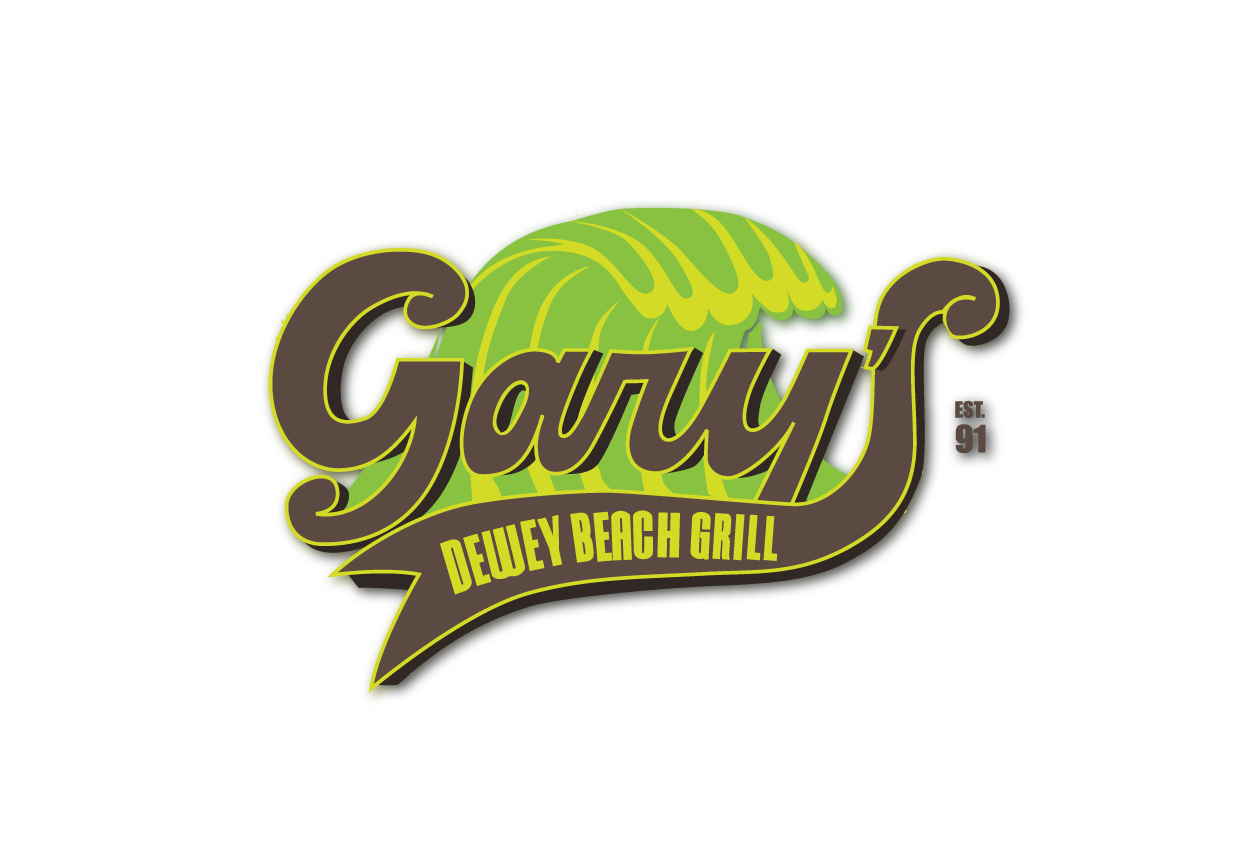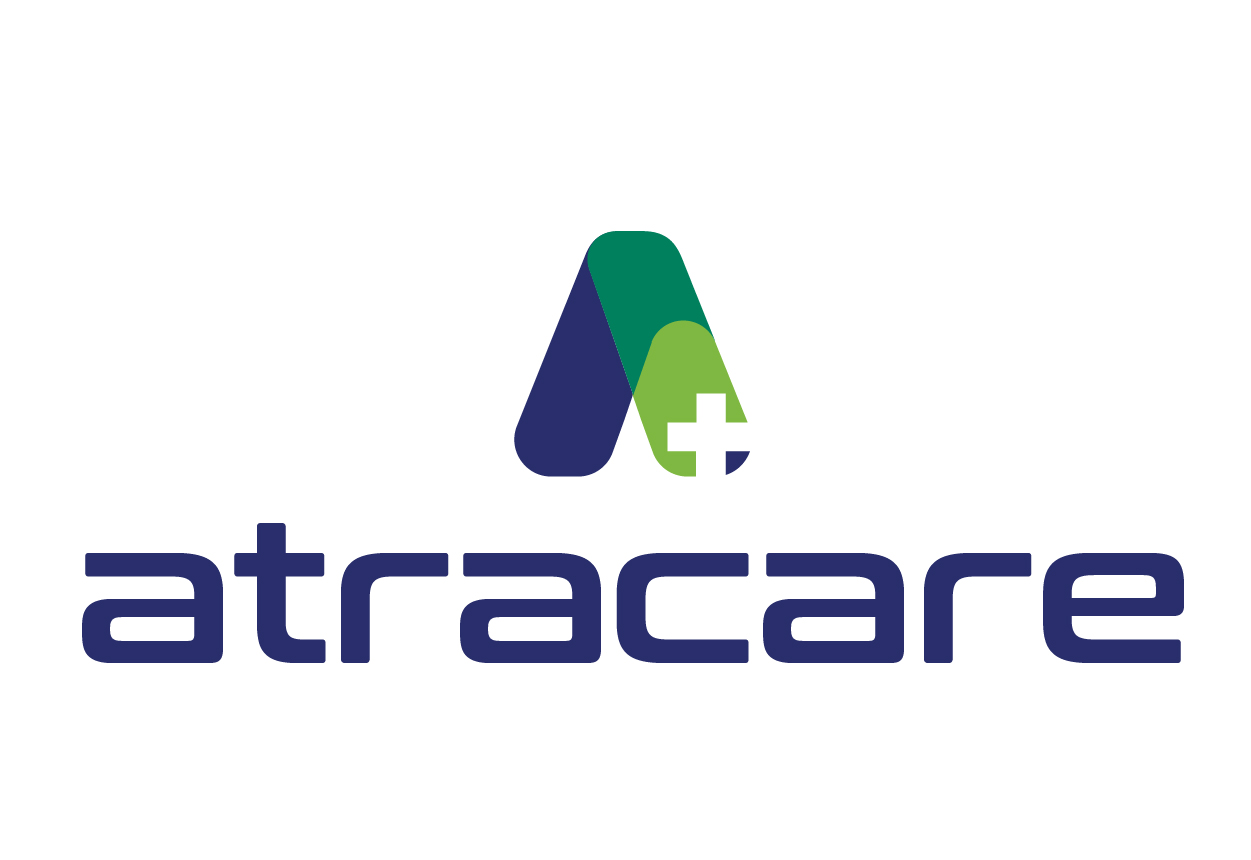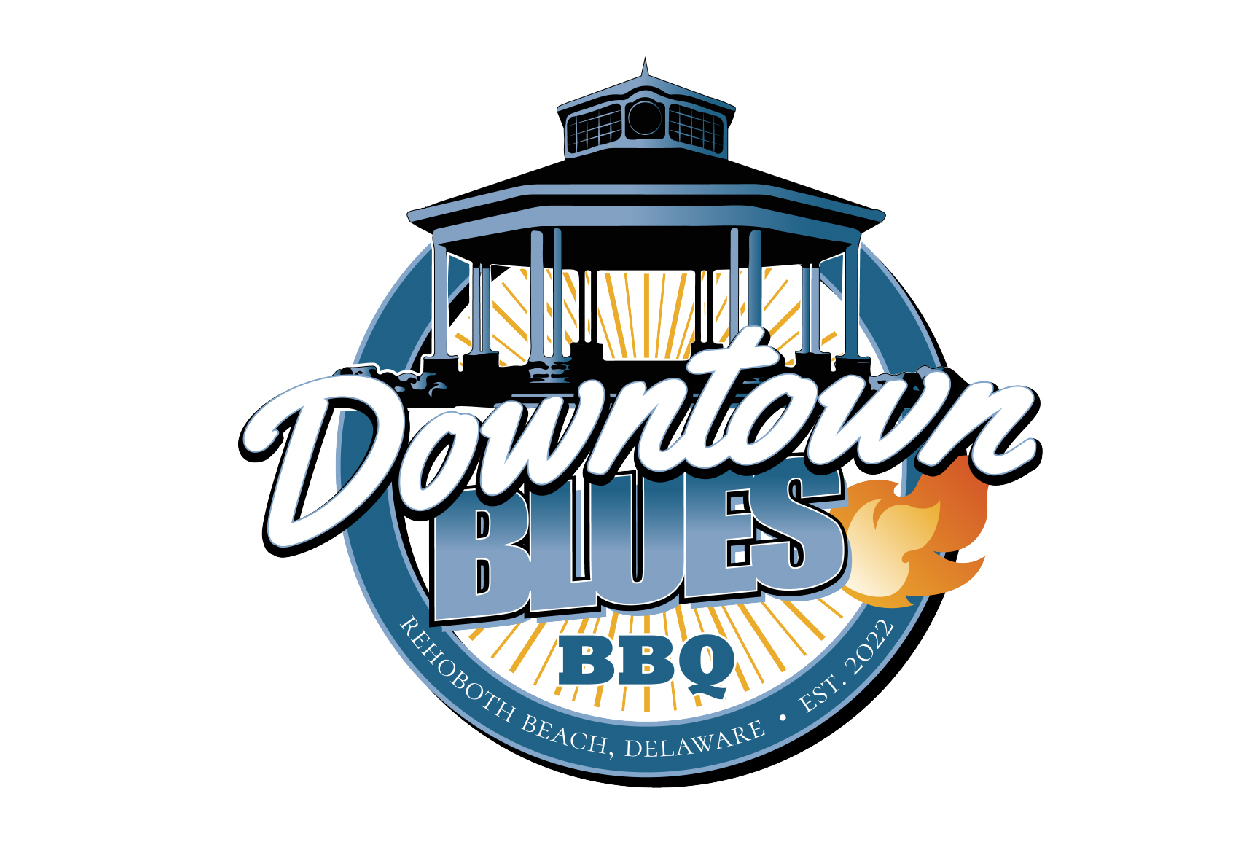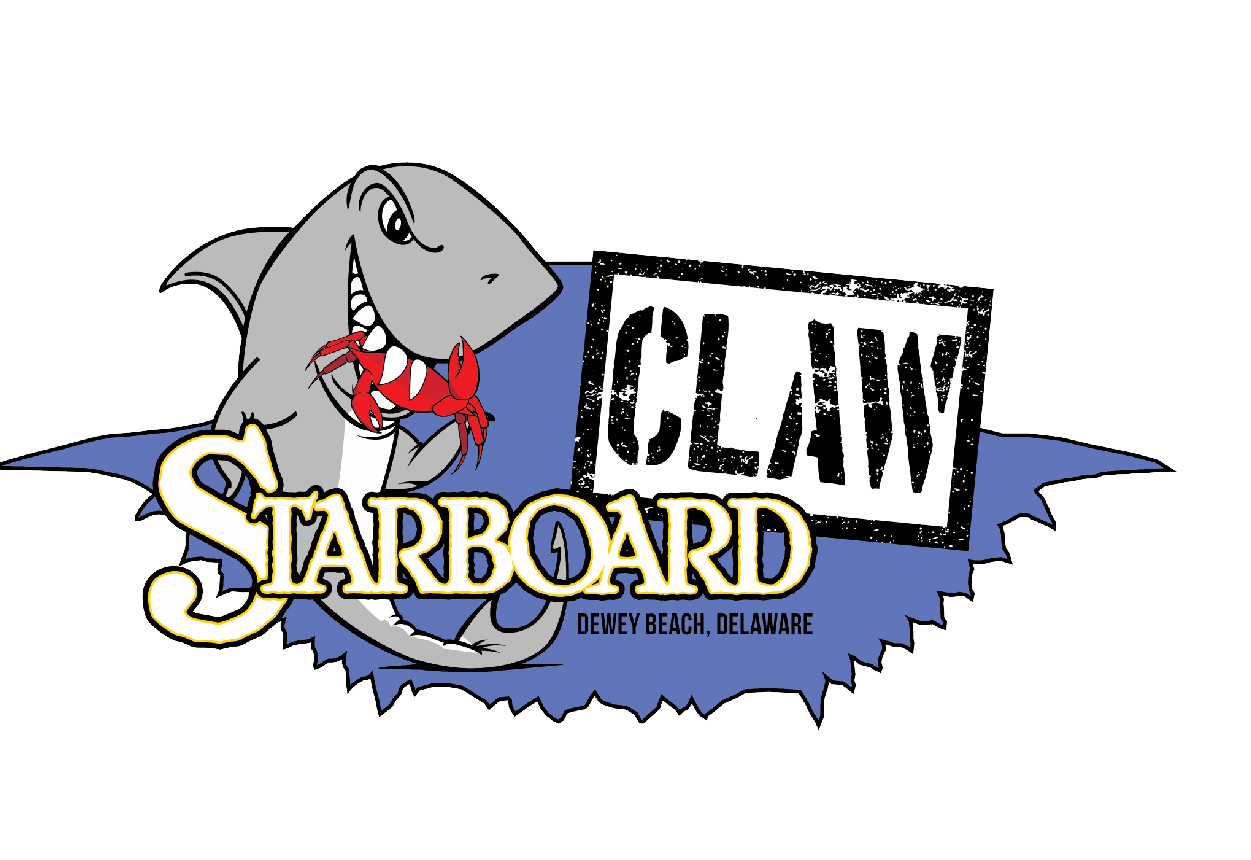Moonlit Marvels & Morning Mayhem: Why Horseshoe Crabs Matter in Delaware Bay
There’s something magical about May mornings on Slaughter Beach. The soft fog clings to the air, and the salty breeze tingles your skin. You breathe it in, and just as the first golden light spreads across the pebbled shoreline, the scene unfolds like something from a wildlife documentary—but you’re in it. The beach teems with movement. Shorebirds zigzag between ancient, armor-clad creatures half-buried in the sand. It’s chaos, it’s awe-inspiring—and it happens every spring, like clockwork.
This is the spawning ritual of the Atlantic horseshoe crab—a 445-million-year-old survivor whose yearly return to Delaware Bay powers a complex web of life that stretches from South America to the Arctic Circle.
The Secret Nightlife of Horseshoe Crabs
If you had wandered the same beach just hours earlier—say, around midnight—you’d find yourself stepping carefully through water filled with prehistoric giants. The moonlight catches their rounded shells as they climb over each other, making their way to the high tide line to spawn.
Males, outnumbering females roughly 4 to 1, cruise the shoreline waiting for their chance to latch on—literally. Their front claws are shaped like boxing gloves, perfect for holding tight to a female as she moves up the sand. Each female may lay up to 80,000 eggs over the course of the season, in small greenish-blue clusters buried in the sand.
It’s a generational chain, uninterrupted for millennia.
Fat-Rich Fuel for Shorebirds on the Move
For hundreds of thousands of migrating shorebirds, those eggs are the reason for a critical stopover in Delaware Bay. After flying non-stop from South America, birds like the red knot, ruddy turnstone, and semipalmated sandpiper arrive perfectly timed to feast.
They’ll stay for two to three weeks, gorging themselves on the fat- and protein-rich eggs before continuing north to the Arctic to nest. Without this refueling stop, many simply wouldn’t survive the rest of their journey.
If you want to witness this jaw-dropping natural event up close, the DuPont Nature Center in Mispillion Harbor is one of the best places to go.
A Keystone of the Marine Food Web
It’s not just the birds. The horseshoe crab’s impact ripples through the bay’s entire ecosystem:
-
Fish like striped bass and white perch eat the eggs.
-
Small baitfish—killifish, silversides—rely on them too.
-
Young crabs, once hatched, become prey for everything from blue crabs and flounder to eels and sea turtles.
They’re small, and they’re easy to overlook. But in terms of ecological impact, horseshoe crab eggs might as well be gold.
How You Can Help: Just Flip ‘Em
It turns out, even these living fossils need a hand sometimes. Literally.
That’s where the Just Flip ‘Em campaign comes in. If you see a stranded horseshoe crab stuck upside down on the beach, do this:
-
Gently pick it up by cradling the shell (never by the tail!).
-
Turn it over and place it in the water or moist sand.
-
Don’t worry—it might look alien underneath, but they’re harmless. You can even tickle the claws and mouth parts if you’re curious.
You’ll be helping one of the most ecologically important species in the region continue its timeless cycle.
Join the Movement
Places like Slaughter Beach, Broadkill Beach, and Camp Arrowhead have all declared themselves Horseshoe Crab Conservation Areas, working together to protect this incredible habitat.
This May and June, take a walk under the moon or at dawn. You’ll witness a story older than the dinosaurs—and realize how it’s still shaping the Delaware Bay today.
Want to learn more? Explore the birds of the Atlantic Flyway at atlanticflywayshorebirds.org. Or better yet, go see them in action. Nature doesn’t get much more real than this.

